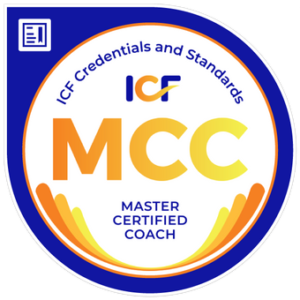
Who do you want to be when you grow up?
A few weeks ago, I introduced you to the first 4 stages of balanceability–the word I coined defining your ability to balance your life. The father of balance research, Erik Erikson, devised 8 stages of psychosocial balance with each stage representing a crisis with positive and negative turning points. According to Erikson, we need to discover the balance between the positive and negative turning points to lead a healthy life.
Stage 5 is identity versus identity confusion. This stage is most prominent between the ages of twelve to twenty years old, but you can visit a stage many times throughout your life.
Who am I? Where am I going? Where do I want to go?
Our understanding of self grows like rings inside a tree trunk. As we experience the seasons of life, our sense of self branches out into many directions.
How does our identity develop?
The known part of self is experienced through your physical, social, emotional, and intellectual attributes. This leads to your concept of self, which is your belief and understanding about yourself. Your concept of self can be divided between the ideal self (who you want to be), your perceived self (what you think others think of you) and real self (the true you).
The knowing part of self functions through doing. This is accomplished through perceiving, performing, thinking, and remembering. Thus, your self esteem is created and rooted in positive and negative feelings toward one’s self.
A person with a well developed sense of identity is aware of the roots of their concept of self and their feelings of self esteem. They are aware of the different parts of themselves.
The implicit attitude of identity is, “I’m this kind of person. I’m not perfect, but I’m still OK. I can accept your shortcomings because I can accept my own.”
How does identity confusion happen?
Unfortunately, many people grow up in an emotionally deprived environment. Self concept and self esteem is 50% how you were nurtured. Your genetic personality predisposition is the other 50%.
The implicit attitude of identity confusion is, “I’m not sure who I am as a person. I should be much better or more than I am. I have trouble accepting your shortcomings just as I have trouble accepting my own.”
Top 10 questions to ask yourself
- Do I have a stable sense of self that does not easily change, or do I have an unstable self that has many ups and downs?
- Can I combine short-term goals with long range plans or do I have trouble turning short term goals into long range plans?
- Do I handle the whims of peer pressure or do I give in to the whims of peer pressure influence?
- Can I give myself a high level of self acceptance or do I have low levels of self acceptance?
- Do I make decisions without undue wavering and indecision or am I ambivalent, fearing that my decisions will be wrong?
- Am I optimistic about myself, others, and life, or am I pessimistic and cynical toward myself, others, and life?
- Do I tend to believe that I am in charge for what happens to me–good or bad–or do I blame and give control to others when good or bad happens?
- Am I able to seek self acceptance by being my own person or do I seek self acceptance indirectly by being what I think others want me to be?
- Can I be physically and emotionally close to another person without fearing a loss of self or do I have trouble getting physically and emotionally close to others because I fear co-dependence or being overly separated?
- Am I mentally flexible and able to keep my sense of self without having to be right or am I mentally inflexible and keep my sense of self by having to be right?





